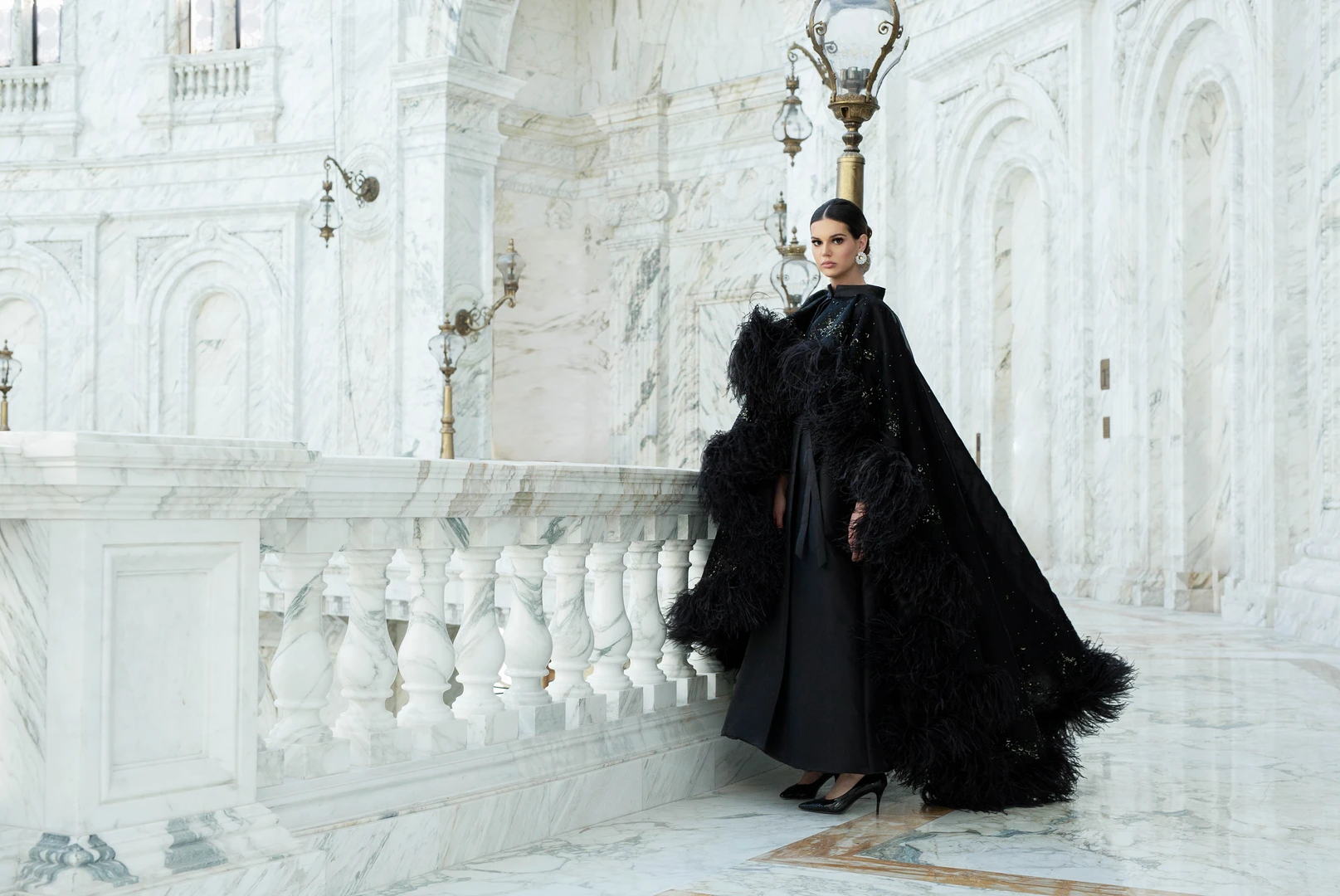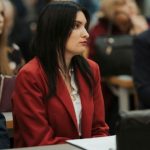
Realizing that photography was her true love, Aida Redžepagić, a Kakanj girl with a Sarajevo address, left her job as a university professor and devoted herself completely to what brings her the most joy.
Her first artistic activities began in childhood, a talent she inherited from her mother. Nowadays, it is very difficult to leave a safe job and start working as a freelance artist, but, she says, she has not repented.
“Before I quit my job, I was just imagining 50 year-old Aida remembering how she used to love photography, but was afraid to leave her job, never daring to explore that part of herself. Just as I inherited a talent for art from my mum, I think I inherited good business sense from my dad, meaning understanding how to run a business with discipline and invest appropriately. These are very important components that artists often forget,” explains Redžepagić, who describes herself as a “fashion photographer in love with documentary photography”.
She has tried out a number of photography styles, such as product photography and wedding photography, but she is most attracted to working with people, because that is where she can express herself the most.

People as Inspiration
She says that her lectures allowed her to organize a photography course for students, where she recognized many talented young artists.
“It would be difficult for me to single out just a few of them, but what I can say is that rivalry is the best thing that can happen to any of us. Every time I see an excellent editorial made by one of my colleagues, I rejoice with equal zeal, but I also get the desire to do something new myself. I think that with lack of healthy competition and rivalry, we would all be worse at the jobs we do,” Redžepagić points out.
She believes that photography in general has flourished in Bosnia and Herzegovina over the last 10 years. In addition to participating in festivals like the Rovinj Photodays Festival, Aida is also active on social networks and has close to 15,000 followers on her Instagram account.
“Social networks have certainly increased interest in photography. People tend to have a negative connotation of photography on social networks, because we automatically imagine never-ending identikit selfies. However, I also see the beautiful expression of young people who photograph nature, food, portraits, documentary photography… They capture great moments and shots, and sometimes all the equipment they have is a phone camera,” explains Redžepagić.
In her own photography, she likes to capture real, honest and unposed moments. Among her most intimate collaborations with public figures, she singles out her project with the current ambassador of Bosnia and Herzegovina to the Czech Republic, Martina Mlinarević, where, as she says, she took matters into her own hands and approached the shoot differently.
“Martina and her partner Goran came to the studio with the goal of photographing them together. We spent hours talking and I refused to do studio photography. It was too ordinary and planned for me. I wanted to catch them together. The essence of their story. Then I suggested that I spend a day with them in their apartment as they went about their daily routine, as if I wasn’t with them. That is how such an honest photo story was created instead of a studio portrait,” recounts Redžepagić. It was a series of photographs that won her first place at the Rovinj Photodays Festival.
Rights of Photographers in BiH
The fact that being a freelance photographer is not easy is illustrated by a particular administrative flaw in the law system. As Redžepagić points out, in the Federation of BiH’s official classification of professions, until this year, code 74.2 stated: “Traditional photographer without the use of digital technology”, demonstrating administrative obsolescence and maladaptation to today’s way of doing professional photography. However, she emphasizes that this does not necessarily reflect the situation on the ground, and that finding a job is not a difficult task.

This passionate artist is not just into photography. Ten years ago, she was in fact fashioning handicrafts with a needle and thread – something in which she says she could no longer imagine herself working. She advises young photographers who have yet to find their audience to not even look for it.
“Photography should be the only focus. The audience and clients will find their way to you. Even today, some of my favorite photos are the ones with the least ‘likes’. It should never be a measure of your quality or success. It is very important to separate work from this aspect nowadays. It sounds selfish, but it is more important to listen to your instinct than to be guided by applause, likes and the taste of the audience,” concludes Aida Redžepagić.
This article was initially published within the first edition of MIR Magazine. MIR, which means ‘peace’ in Bosnian is an annual publication and platform for young inventive people developed by the Post-Conflict Research Center and Balkan Diskurs. It is dedicated to individuals and organizations that left us a legacy of strongly built foundations to continue our fight for peace and justice.






